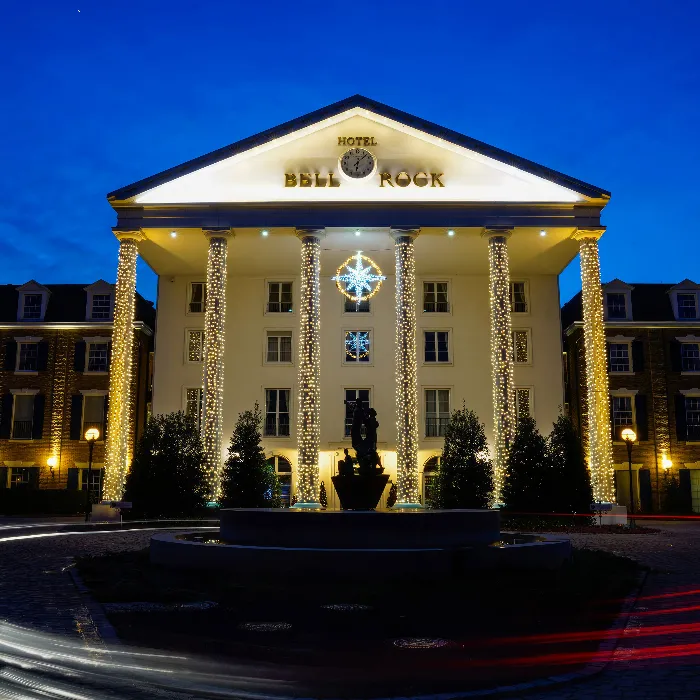There are numerous challenges you need to master in hotel photography, especially when it comes to highlighting small rooms. Often, it is the first impression a guest has of a room that is crucial. Below you will find a structured guide that helps you utilize the best techniques and subjects to effectively showcase even the smallest spaces.
Key Insights
- Choose suitable perspectives by photographing from the entrance of the room.
- Use a fill light to soften contrasts and brighten dark areas.
- Be sure to perform an exposure bracketing to capture all details in the images.
Step-by-Step Guide
Hotel photography requires both technical know-how and a good sense of the right composition. Here are the steps that will help you effectively photograph even small rooms.
1. Choose a Perspective
Start your shot by choosing the perspective from the door. This view conveys the first impression guests have when they enter the room. Position your camera so that the view is directed straight at the bed and the key furnishings.
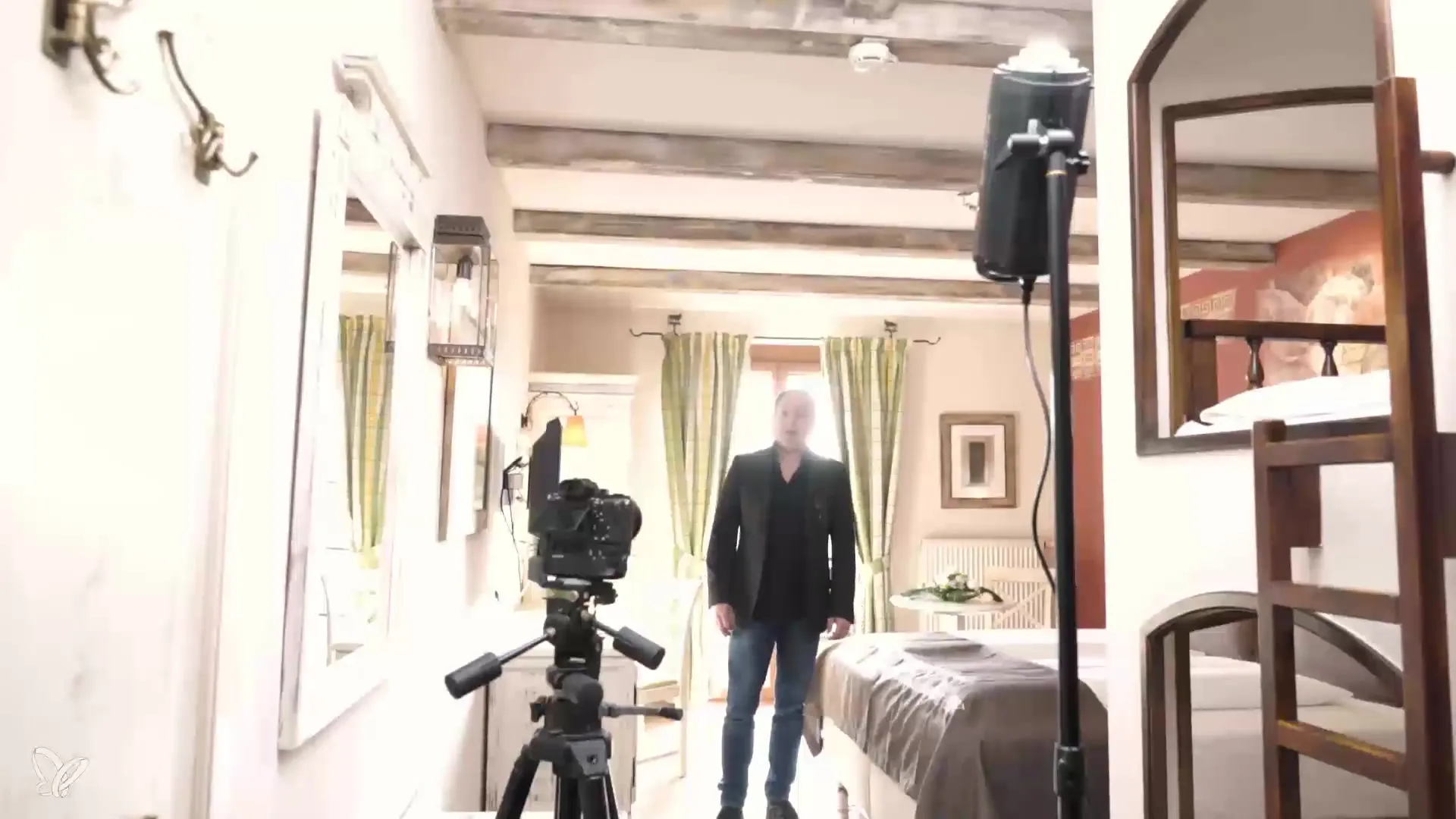
2. Set the Right Focal Length
Use a wide-angle lens, ideally with a focal length of 16 to 35 mm. In many cases, a focal length of 16 mm can be chosen to optimally portray the space. You may want to zoom in a bit to simplify the image and create a calm composition.
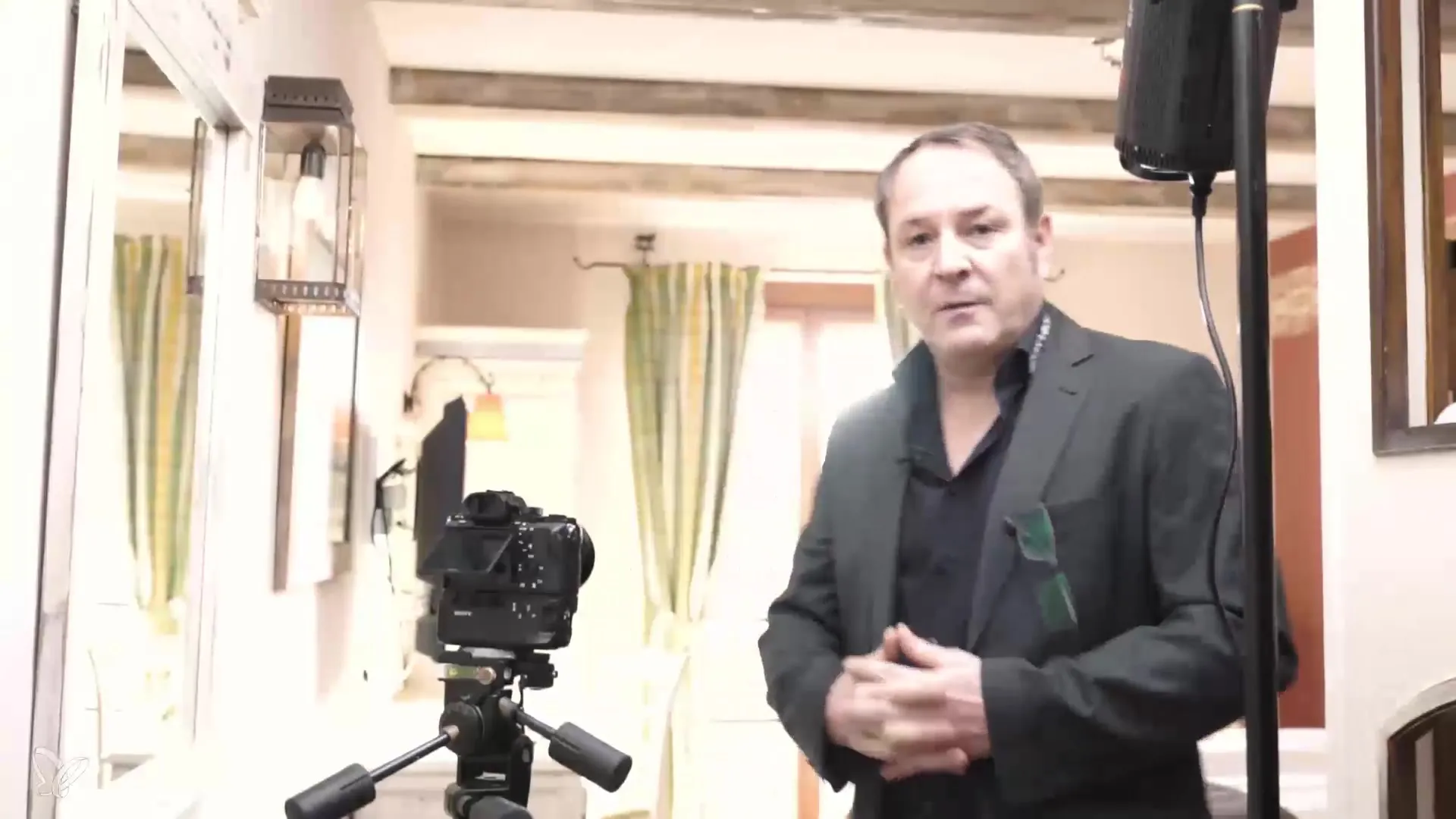
3. Use Fill Light
One of the biggest challenges in small rooms is often the poor lighting conditions. In addition to the existing lighting, a fill light can be helpful to illuminate dark areas and soften contrasts. Position the lamp so that it shines indirectly against the ceiling to achieve even lighting.
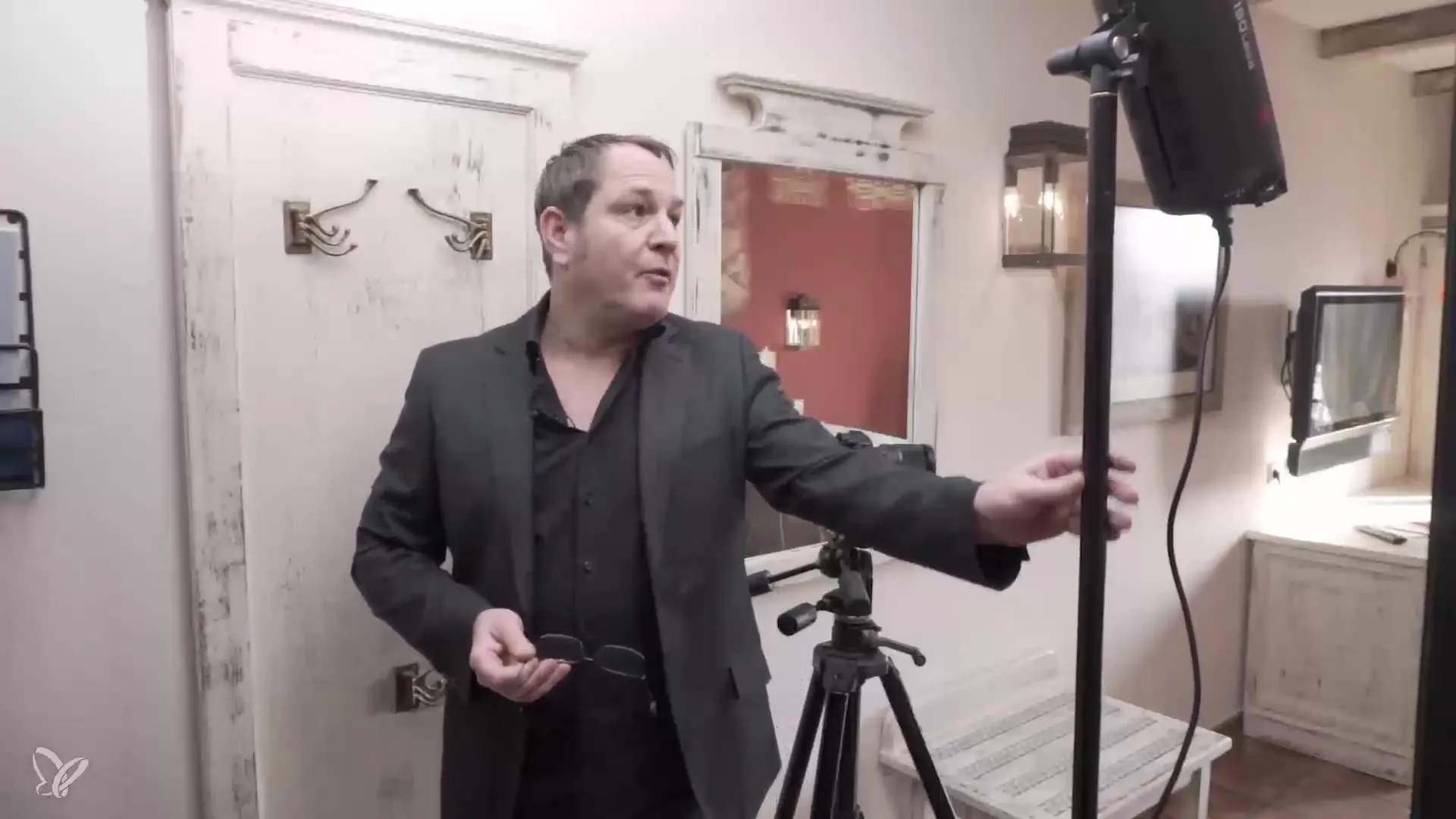
4. Take the First Shot
Check the image on your display to ensure that the lighting is well balanced. Turn on the fill light and then take your first shot. Keep in mind that you may want to take several pictures to capture the best lighting conditions.
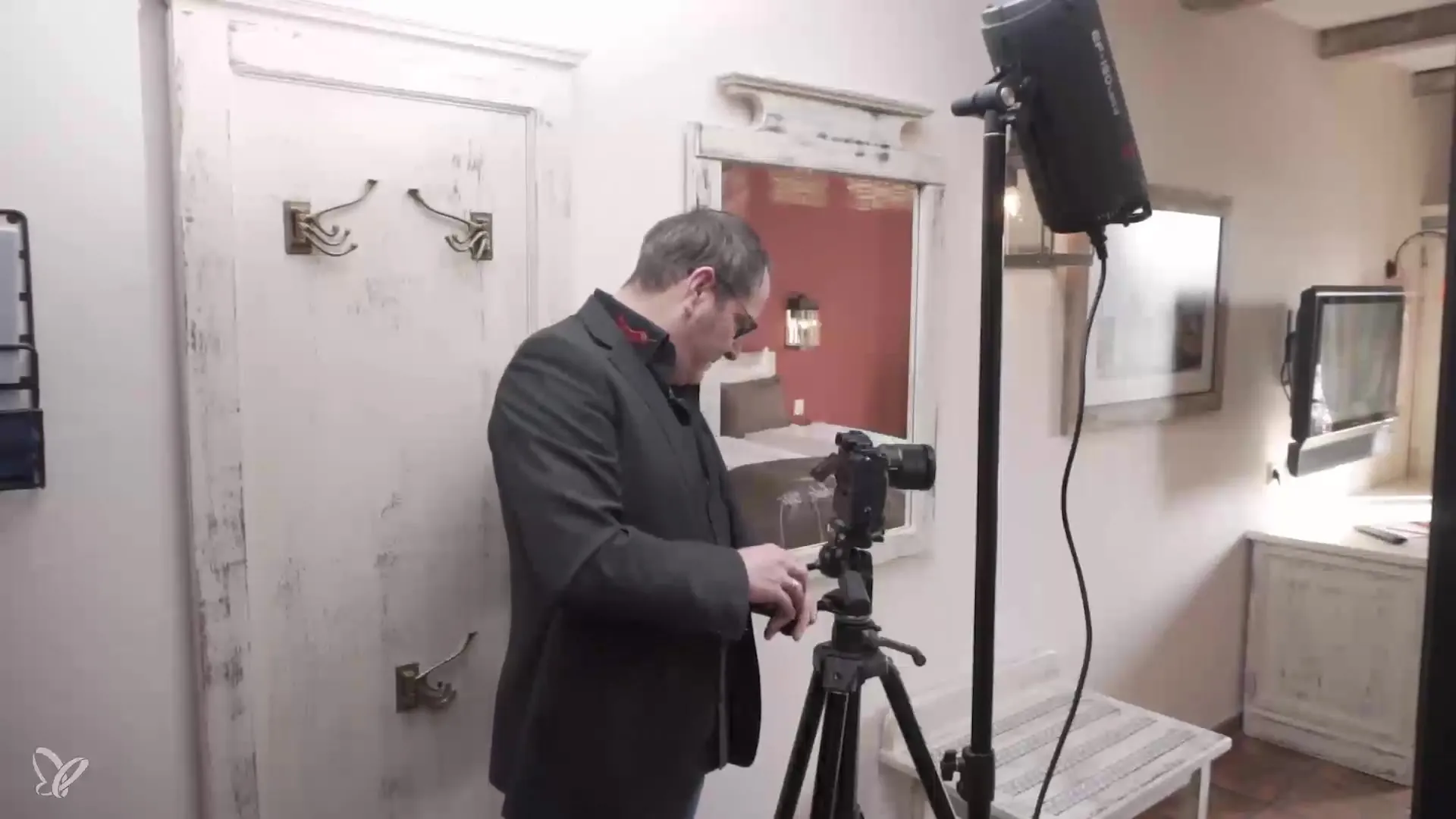
5. Remove Distractions
Before taking the shot, carefully review the image as if you were reading a book. Make sure there are no distracting elements in the picture, such as trash cans or misplaced furniture. A careful arrangement of the furniture can significantly enhance the overall impression.
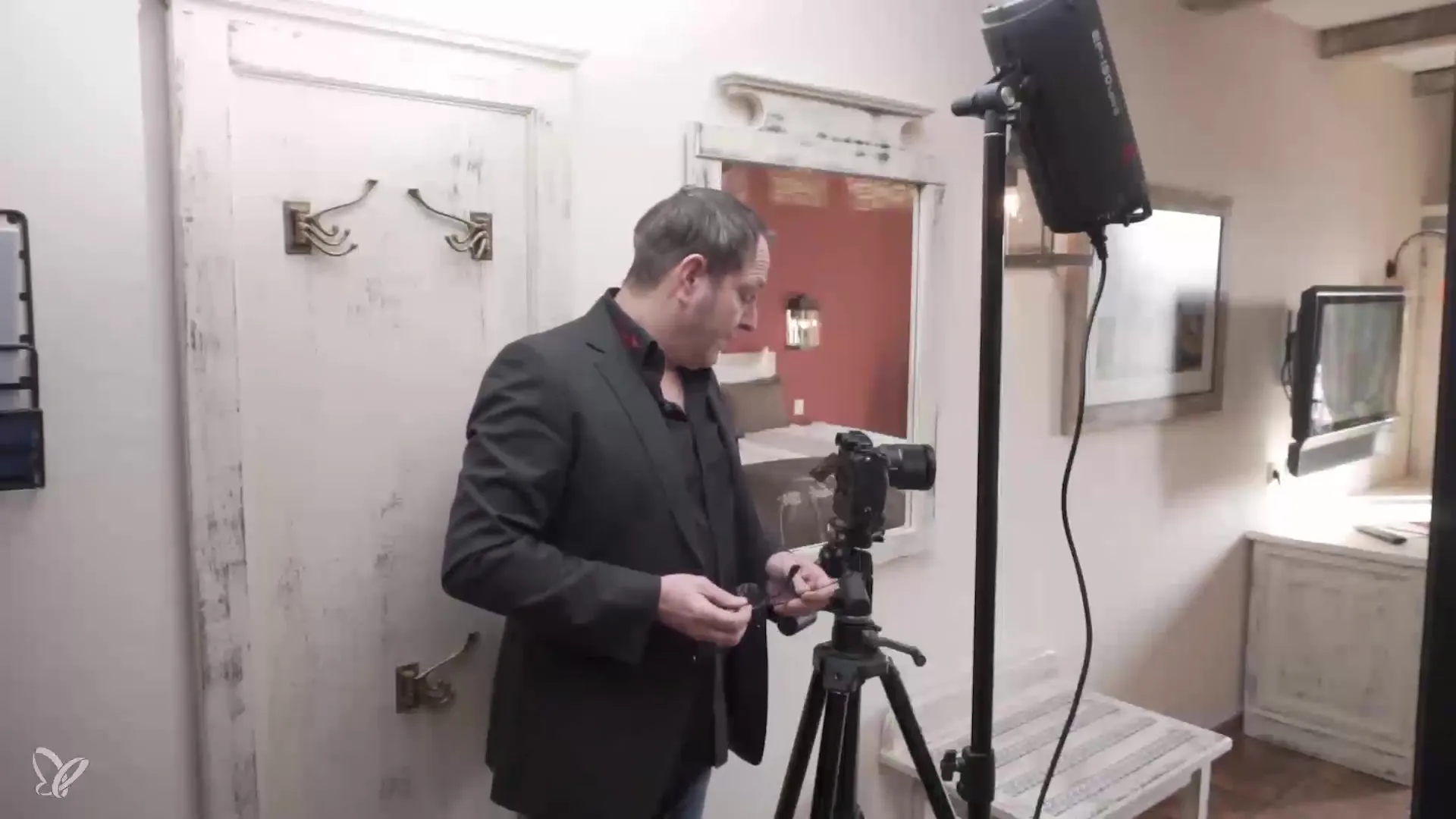
6. Perform Exposure Bracketing
To achieve better image quality, perform an exposure bracketing. Photograph the subject with different exposure settings: one normal exposure, one increased by one stop, and one decreased by one stop. This allows you to later combine the images and create an HDR image, for example.
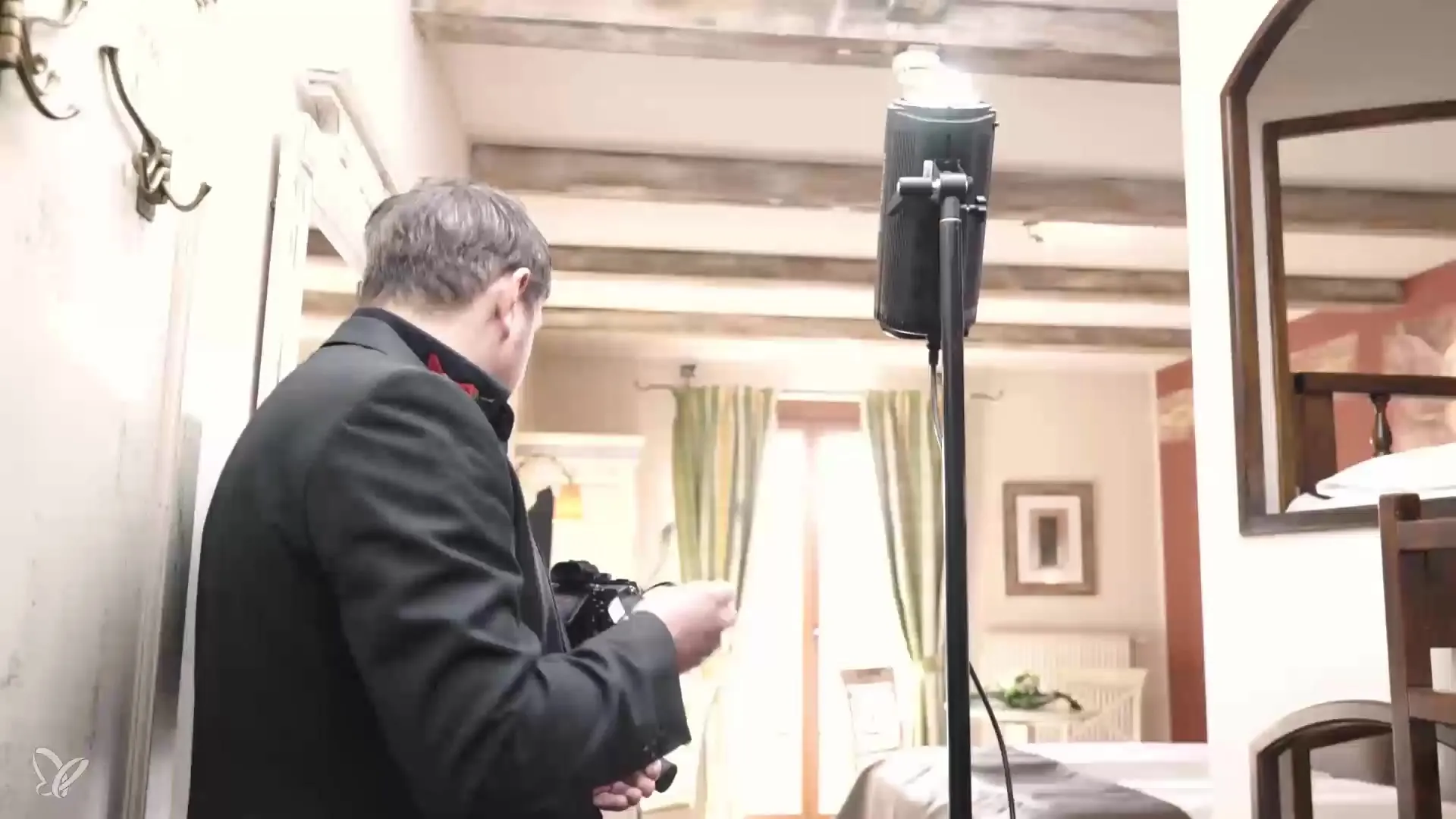
7. Detail Shots
Especially for small rooms, it is advisable to take detail shots. Make sure to capture elements like windows to show a view outside. You can later use these images to enhance the overall composition.
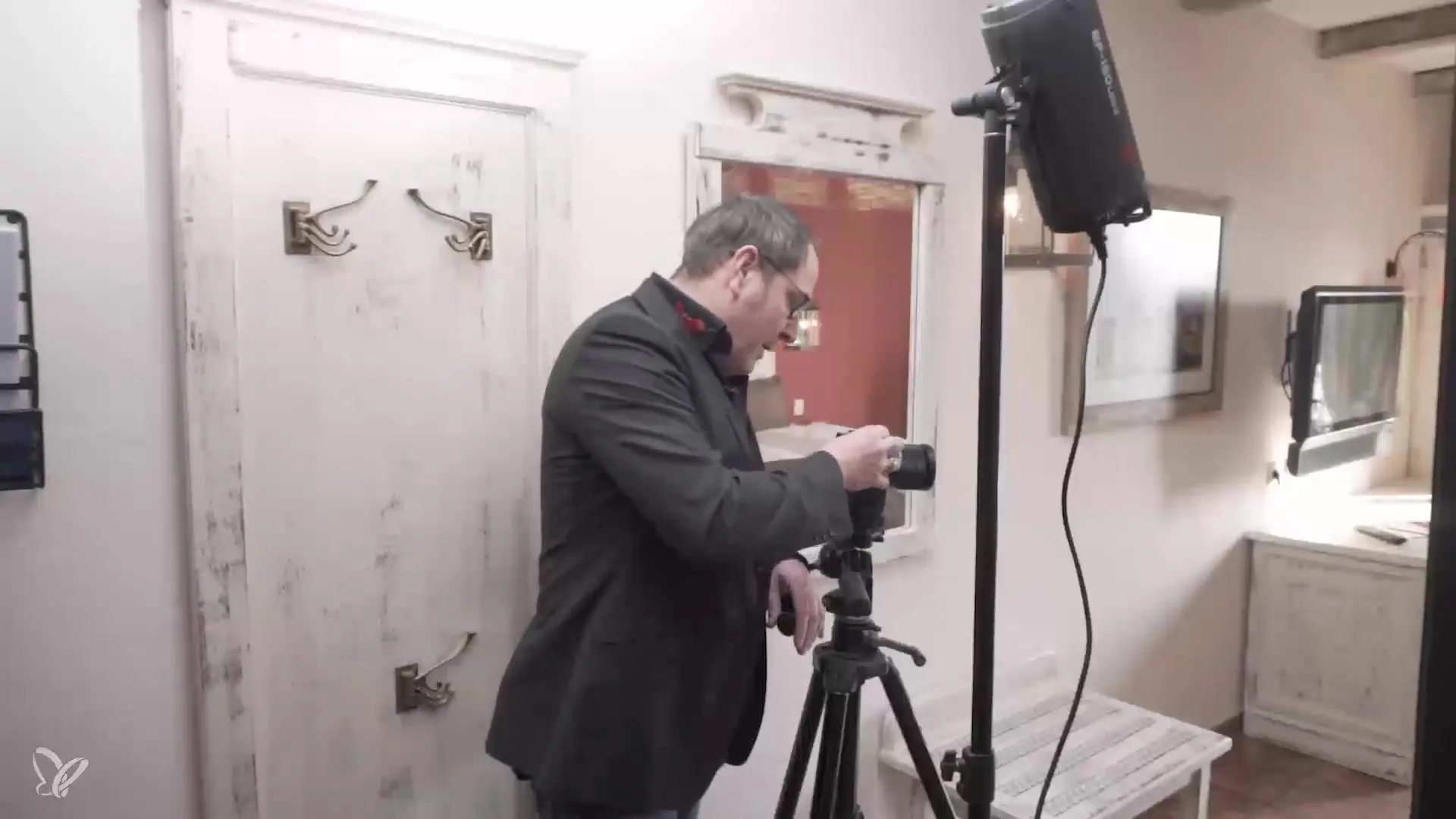
8. Explore Additional Perspectives
Once you have mastered the basics, move on to explore additional perspectives. Experiment with different angles to show all facets of the room. Sometimes a shot from an elevated position can be particularly effective.
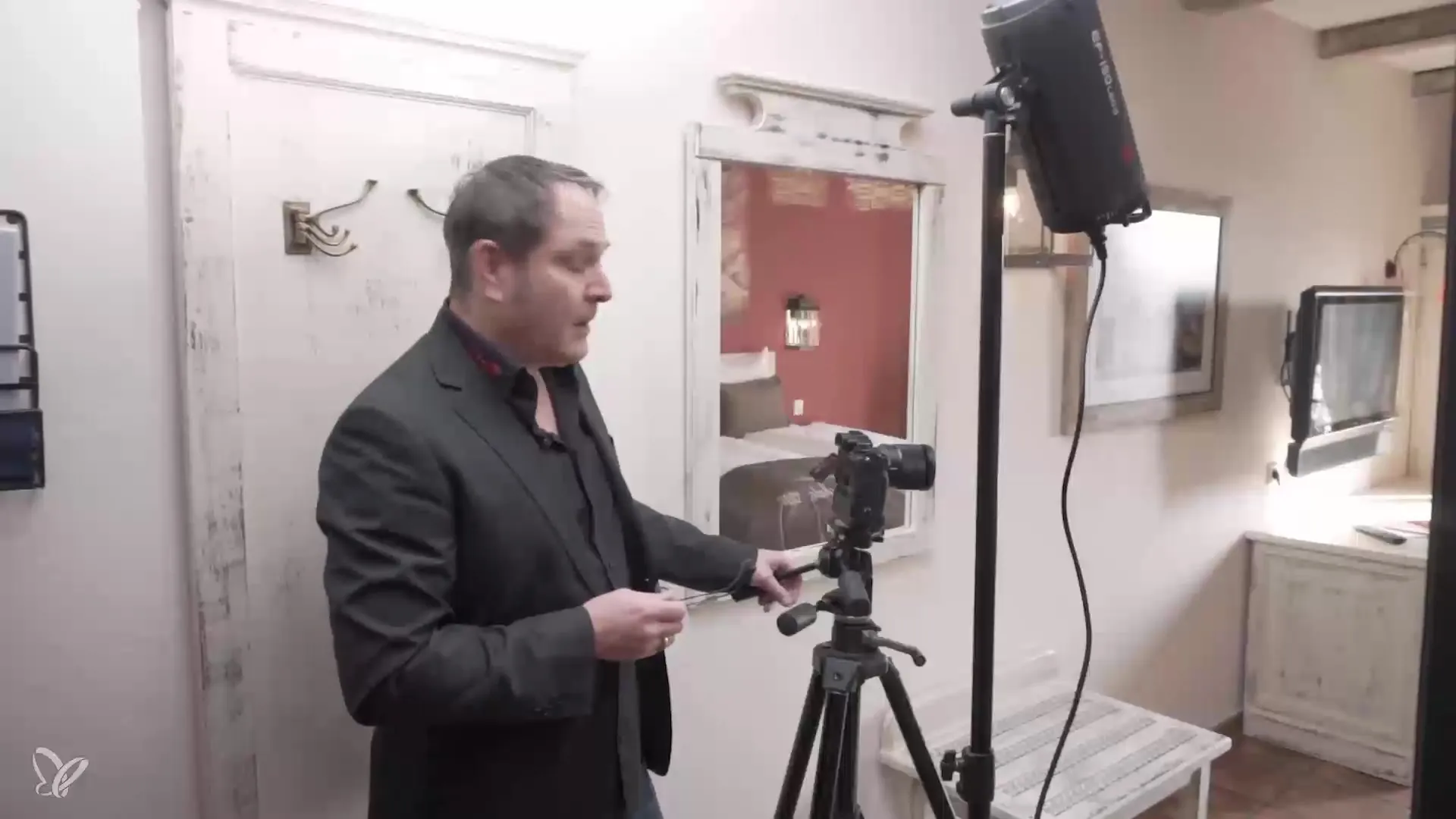
Summary – Tips for Hotel Photography in Small Rooms
By applying these steps, you can ensure that even small rooms are showcased optimally in hotel photography. Pay particular attention to perspective, the use of light, and the removal of distracting elements. A creative approach to exposure will help you achieve attractive and inviting images.
Frequently Asked Questions
How do I choose the best perspective for photographing a small room?Choose the perspective from the entrance of the room to convey the best first impression.
What focal length is ideal for room photography?A focal length of 16–35 mm is optimal, preferably 16 mm.
Why is a fill light important?It helps to illuminate dark areas in small rooms and balance contrasts.
